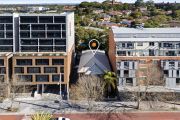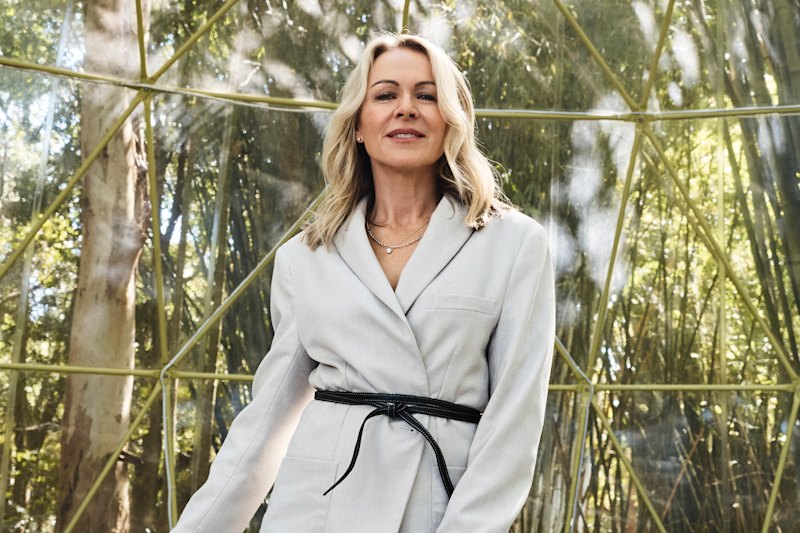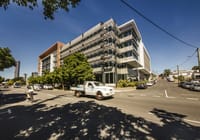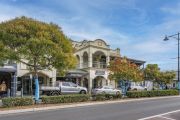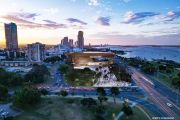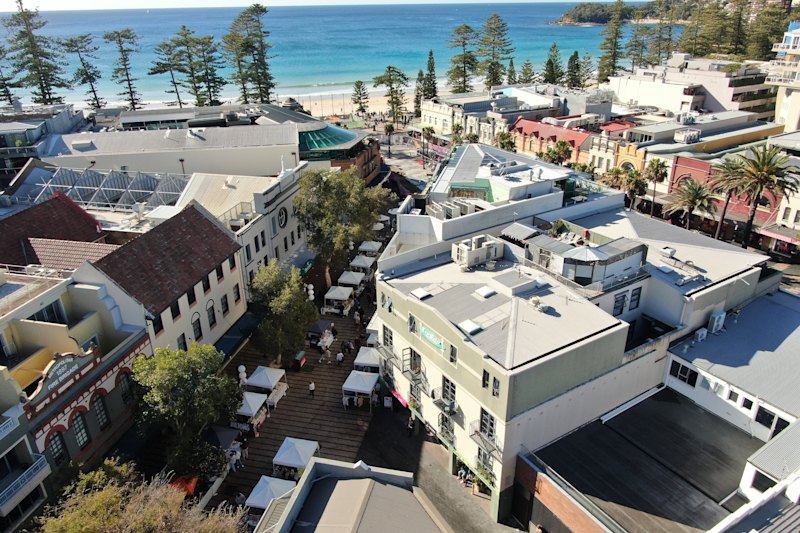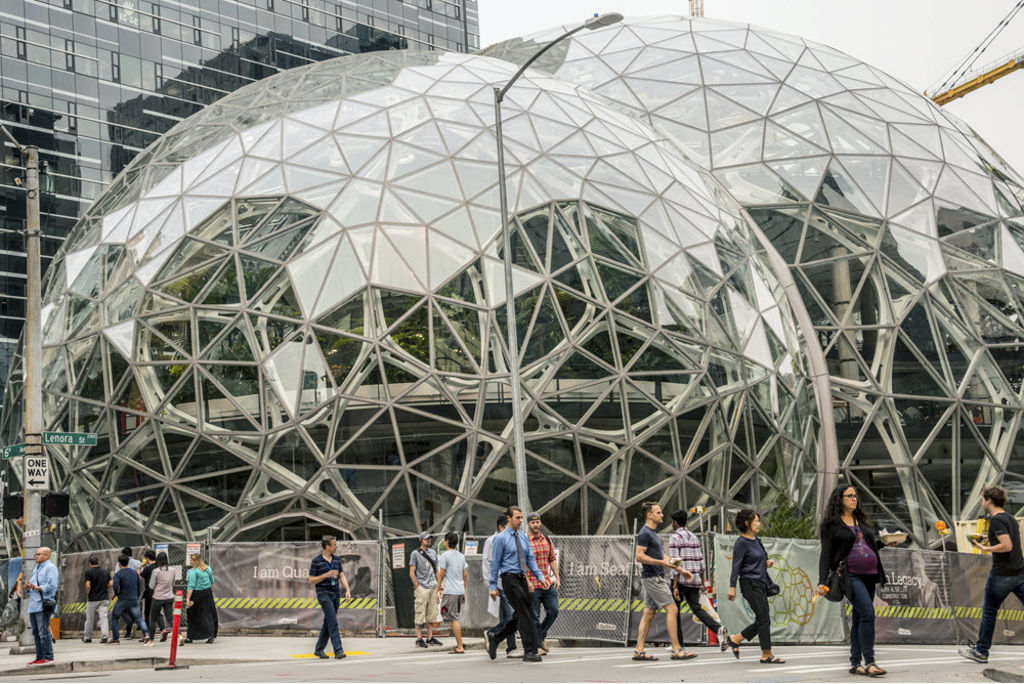
Amazon looks to build a second headquarters to house 50,000 more employees
Nick Wingfield and Patricia Cohen
Wanted: A place with a million people, a diverse population, good schools and malleable lawmakers. Room to accommodate up to 50,000 workers. Canadian provinces also welcome to apply.
Amazon took the unusual step on Thursday of announcing it wants a second home outside Seattle, starting what is sure to be a fierce bidding war to lure Amazon — and the thousands of high-paying jobs it will bring to town — using a combination of tax breaks and other sweeteners.
By the end of the day, cities including Chicago, Dallas and San Diego, along with states like Michigan, were vocal about their interest, the first of many places expected to consider submitting proposals. Amazon has laid out in meticulous detail what it is looking for, even acknowledging that new laws may be required to get the high level of incentives necessary to hold the company’s attention.
“This is the trophy deal of the decade as far as I can tell,” said Greg LeRoy, the executive director of Good Jobs First, a nonpartisan research group that tracks economic development. “What governor or mayor doesn’t want to stand on a stage with Jeff Bezos to announce a deal like this?”
The plan is the latest surprise from Bezos, Amazon’s chief executive, who has reshaped Seattle in the more than two decades since he founded Amazon. He overshadows even Bill Gates, the former Microsoft chief executive who put the Seattle area on the map as a destination for tech companies. Amazon is now the biggest corporate employer in Seattle, and it occupies 19 per cent of the prime office space in the city, more than any other employer in a big American city, The Seattle Times reported last month.
But Amazon executives have talked internally and with outsiders in recent years about how much more of the company’s hyper-growth Seattle would be able to handle. Housing prices here are skyrocketing, the competition for tech industry talent is getting more fierce and traffic chokes the roads.
Those considerations and more are laid out in Amazon’s detailed wish list for its new project, which it is calling HQ2. In addition to a metropolitan area with more than 1 million residents, Amazon insists that its new project have on-site access to mass transit, a commute of 45 minutes or less to an international airport and easy access to a major highway or arterial road — no more than two miles.
It also asked for evidence of fiber optic internet connections and a coverage map showing strong cellular phone service at the location. Amazon also wants traffic congestion figures, lists of universities and statistics on the qualifications of local workers.
The company is also requesting that the new location have a diverse population and recreational opportunities. In other words, it does not want to stray too far from the lifestyle of Seattle, the home of Starbucks and Nordstrom, sandwiched between mountains and water. The headquarters in Seattle has 24 cafes.
Already, Amazon is one of the largest tech employers in the world. But the company said the total number of new employees at its second headquarters outside Seattle could reach 50,000.
The announcement of its hiring plan comes at a time when President Donald Trump has stepped up his attacks on Amazon on Twitter, accusing the company of hurting retailers and killing jobs.
And in Seattle, some local lawmakers have blamed Amazon for being a primary contributor to the region’s lack of affordable housing and other woes. The City Council recently unanimously approved a tax on individual income over $US250,000 ($310,000) and $US500,000 for couples, which would affect high-earners at Amazon. The legislation is facing legal challenges.
The local antipathy toward the company was summed up in graffiti that recently appeared on the wall of a busy downtown traffic tunnel: an expletive before the last name of Bezos.
Amazon itself seemed to suggest that it was looking for a more welcoming atmosphere than in Seattle, emphasising that it is looking for a “stable and business-friendly environment” for its new headquarters.
“When big corporations say ‘business-friendly’ climate, it’s code for corporate giveaways and vicious policies seeking to make the biggest possible profits on the backs of working people,” Kshama Sawant, a socialist member of the Seattle City Council, said in an email.
Amazon has no plans to leave Seattle, where it employs 40,000 of its 380,000 total workers. It has an additional 6000 open jobs in Seattle, a sprawling network of buildings downtown, with millions more square feet of office space under construction. Ty Rogers, an Amazon spokesman, declined to comment about the plan for the company’s new headquarters.
Political leaders elsewhere wasted no time saying how badly they want Amazon to join them.
“We will aggressively demonstrate that Dallas and our surrounding area would be the perfect spot for their expansive business needs,” Mike Rawlings, the city’s mayor, said in a statement. Dallas representatives were already in touch with Amazon about next steps, he said.
Amazon has been a beneficiary of generous public subsidies as part of its expansion of its warehouse network. The Institute for Local Self-Reliance, a nonpartisan research and advocacy group, published a report last year saying that Amazon had received forms of public subsidies totalling at least $US613 million for 40 of the 77 warehouses it built from 2005 to 2014. Additional subsidies for Amazon data centres were about $US147 million, the institute said.
Stacy Mitchell, co-director of the institute, was struck that Amazon’s formal request for proposals said that “special incentive legislation” might be required. “Cities and states have a wide array of tools for giving corporations tax incentives and subsidies,” Mitchell said. “So the notion that Amazon is imagining a deal of such magnitude that it would require special legislation is pretty brazen.”
Timothy J. Bartik, a senior economist at the W.E. Upjohn Institute for Employment Research in Kalamazoo, Michigan, said that the average incentive package from a state usually adds up to 2 to 3 per cent of wages, although recently there have been a spate of mega deals, like the $US3 billion in state tax credits that Wisconsin offered Foxconn, the Taiwanese electronics supplier for Apple and other tech giants.
Such outsize offers could end up being a “winner’s curse,” where the costs outweigh the benefits. He added that such gifts may not even be what is crucial.
“Either you have the things they want or you don’t,” Bartik said, things like, reasonable housing costs, a pool of skilled talent, an international airport or the kind of amenities that would attract the kind of workers that Amazon wants to hire.


